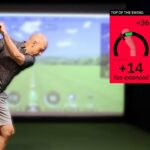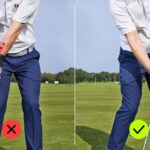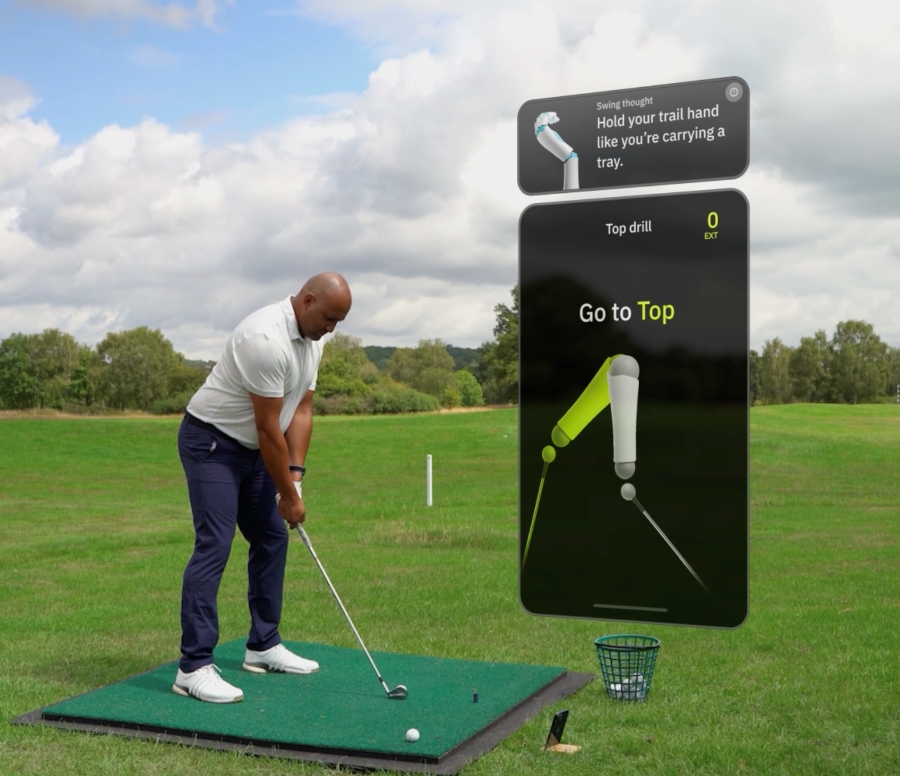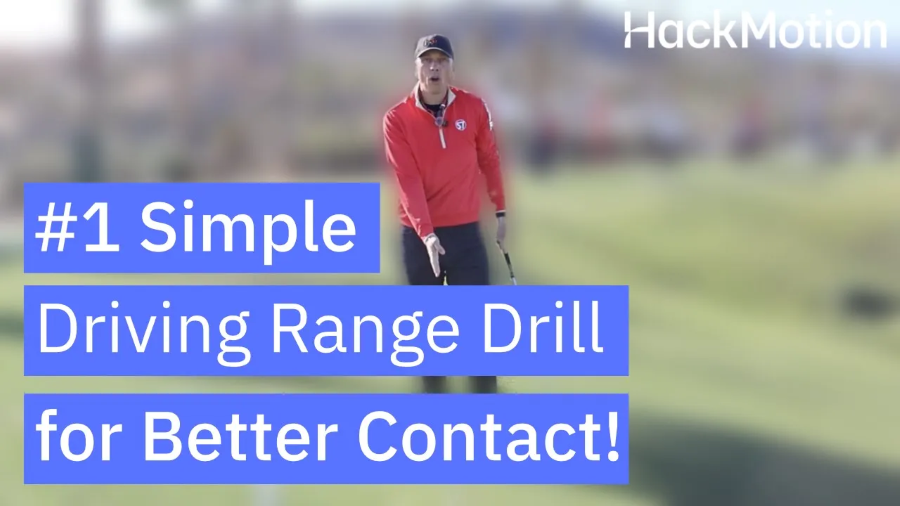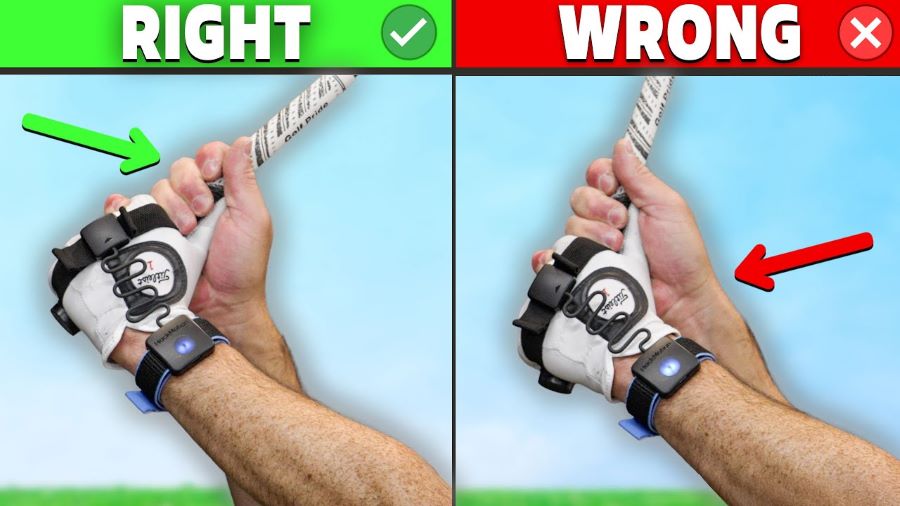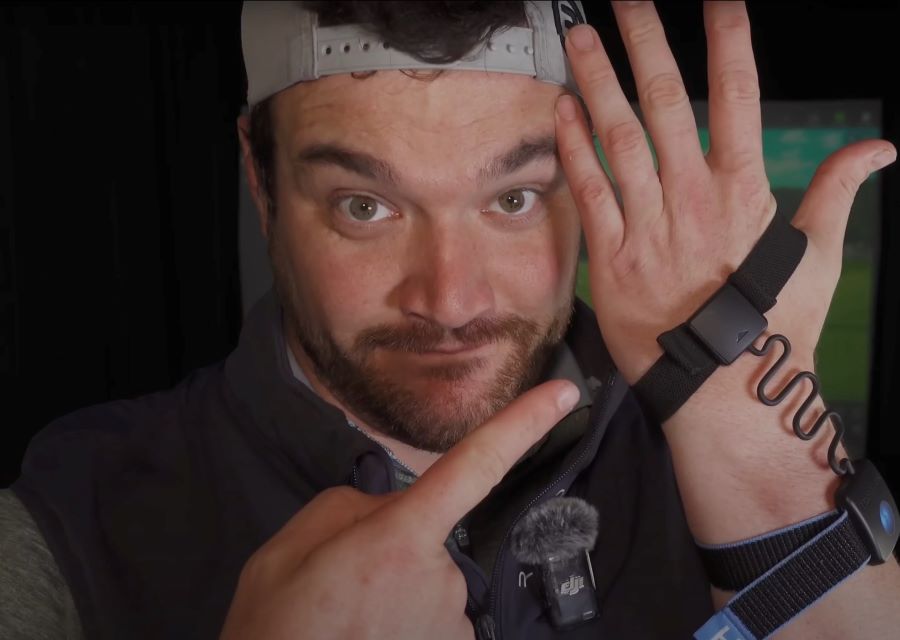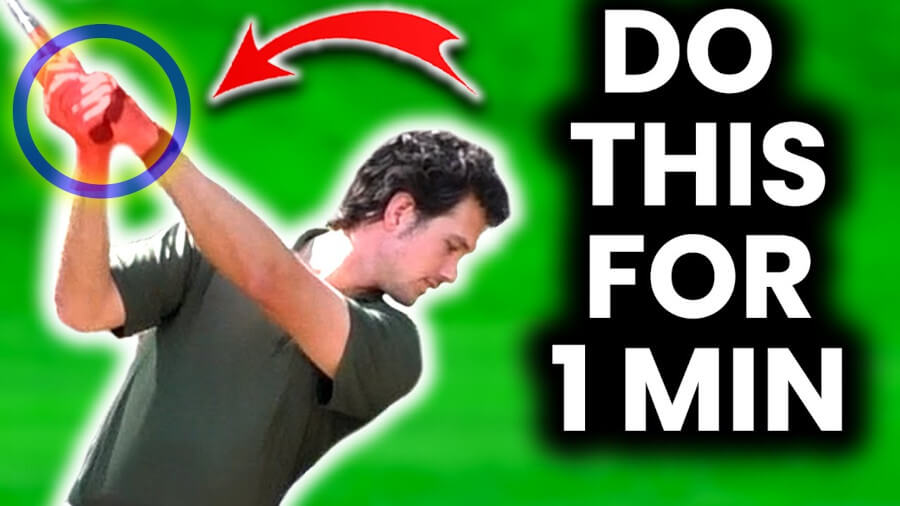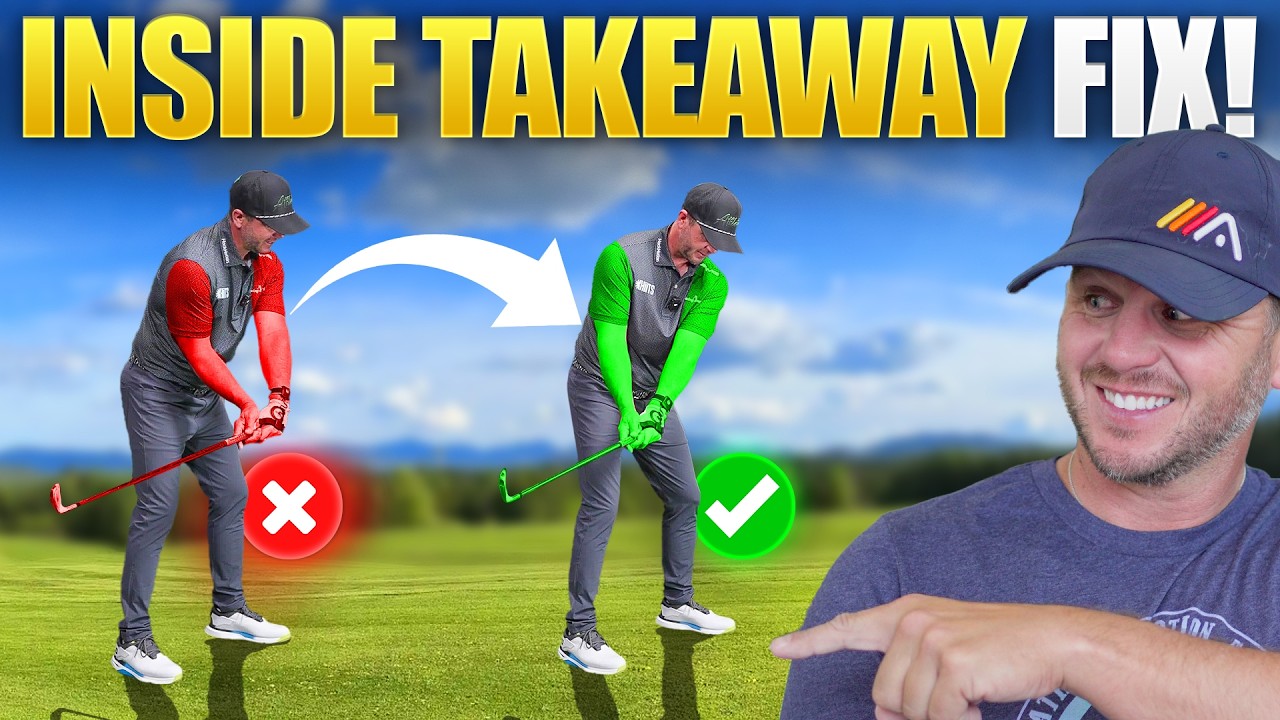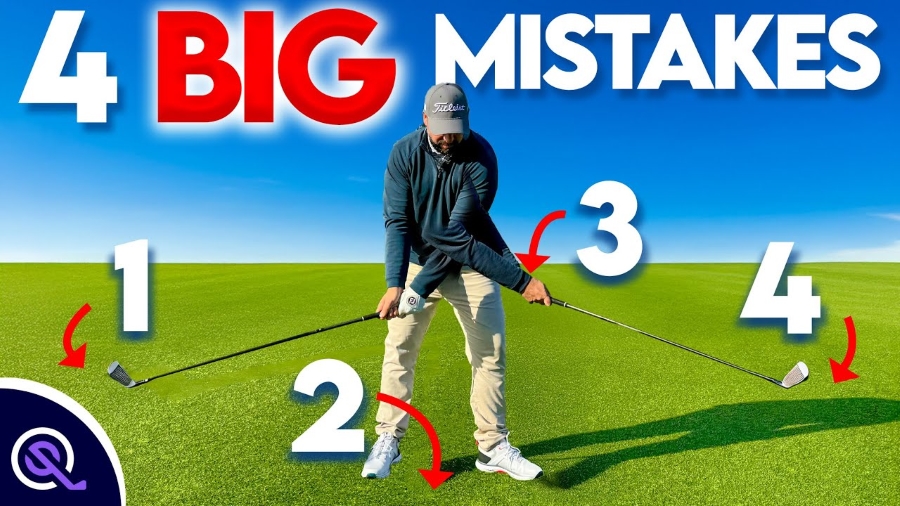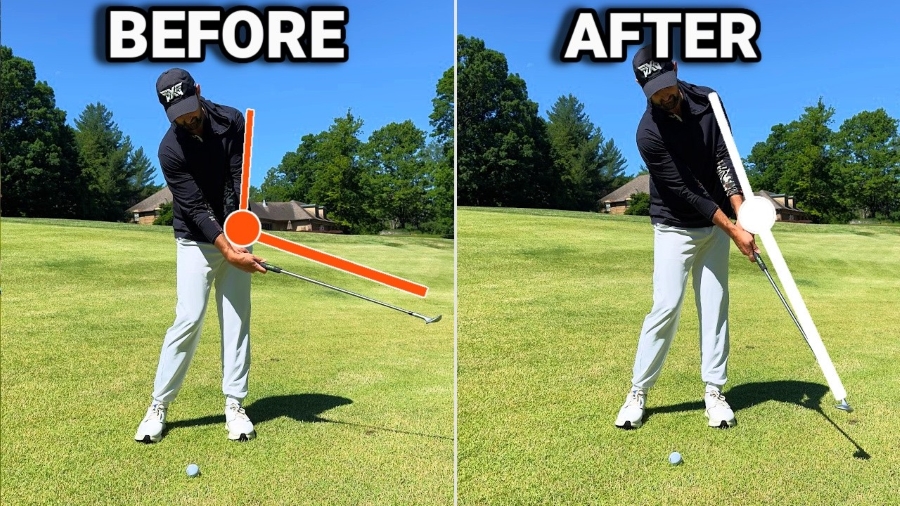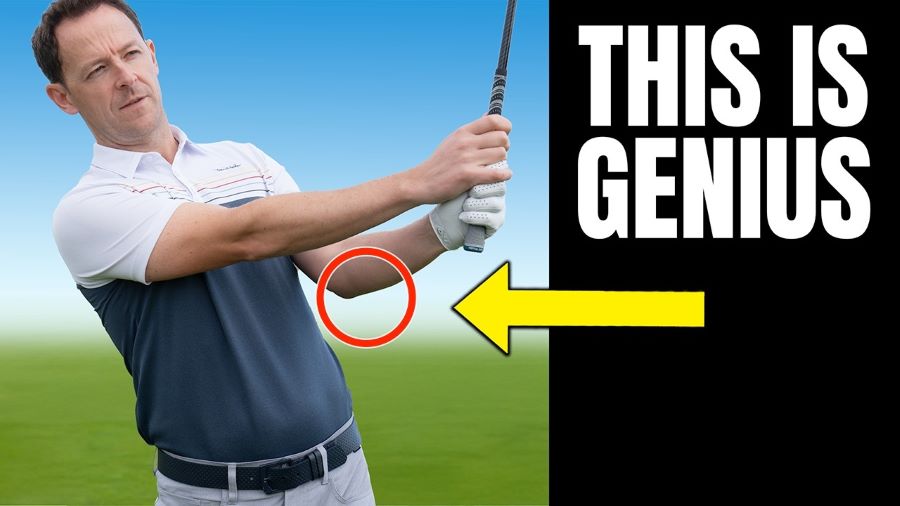The Missing Half of Your Golf Swing (What Pros Know and Amateurs Ignore)
Most golfers spend all their time working on the lead arm. They work on lead wrist position, flattening it, bowing it, controlling the face, and making sure the arm is in the correct position at impact.
These things are important. But if you only measure one side of your swing, you’re missing half of it.
Your trail wrist and trail arm control how the club shallows, how the face squares, and how much power you deliver through impact.
Pros train both sides of the swing. Most amateurs never even look at the trail side. That’s what HackMotion Pro is built for.
Contents
What Pros Know About the Trail Arm
Every top instructor explains the trail arm a little differently, but the core idea is the same: it’s the engine that controls consistency.
Below are three of the best takes on how it works from three of the most talented instructors in the game.
They are using HackMotion trail wrist data to train their own swings and those of their students.
Danny Maude: The Simplest Drill for Consistency
Danny focuses on something every golfer can feel right away. He looks at how the trail elbow tucks and how the wrist stays hinged as the club shallows.
When the trail elbow stays close to your side and the forearm rotates naturally, the downswing sequence takes care of itself.
Getting into this position is one of the easiest ways to eliminate early extension and casting.
If you can maintain that trail-wrist hinge instead of letting it flatten, the clubface squares naturally through rotation.
That’s measurable only with HackMotion Pro, which tracks trail-wrist extension so you can see exactly when and where you’re losing that angle.
Rob Cheney: The 3-and-1 Trail Arm Formula
Rob breaks the trail arm into simple checkpoints:
- Position 3 (elbow) – upper arm externally rotated, tucked in front of the body.
- Position 1 (wrist) – trail wrist bent back, creating extension.
Put the two together and you’ll see the geometry that every elite ball-striker holds into impact. Most amateurs try to keep the elbow in the right spot but forget to adjust the forearm and wrist. That’s when the clubface hangs open.
HackMotion Pro lets you measure the difference. You can confirm when your elbow position is right, but your wrist isn’t, and train both pieces with biofeedback until they sync up.
Harry Shaw: Shallow from the Top
Harry’s video teaches how to keep the trail wrist extended and let the hands fall as the shoulders stay closed. That move shallows the club and gets it “in the slot” every single time.
He also highlights the release and how the trail arm overtakes through impact, and the forearms rotate to produce a powerful draw.
Many amateur players struggle to feel the release with the lead hand (typically the non-dominant hand); it’s often easier to feel with the trail wrist.
With HackMotion Pro, you can track that angle live. You’ll see whether you’re retaining extension (the pro move) or flipping early (the amateur move).
How HackMotion Pro Helps You Train It
You can’t fix what you can’t see.
And you can’t see your trail wrist without HackMotion Pro.
With HackMotion Pro, you can:
- Measure both wrists, trail and lead, tracking flexion, extension, radial, ulnar, and rotation through every phase of the swing.
- Compare your numbers to Tour-player benchmarks and spot the differences that cost you consistency.
- Use real-time biofeedback to train proper trail-wrist extension and rotation until it becomes automatic.
- Create multi-player profiles or coach-mode sessions to track progress over time.
Final Thoughts
If you’ve been grinding away at your lead wrist, lead arm, and setup positions but still struggle with inconsistency, the trail arm might be the piece you’ve been missing.
Your trail arm is what lets the club fall on plane, square the face, and deliver effortless power through the ball.
The difference between amateurs and pros isn’t always speed or strength. It’s awareness.
Pros know exactly how their trail wrist moves at every point in the swing. With HackMotion Pro, you can finally see and feel the same data.

